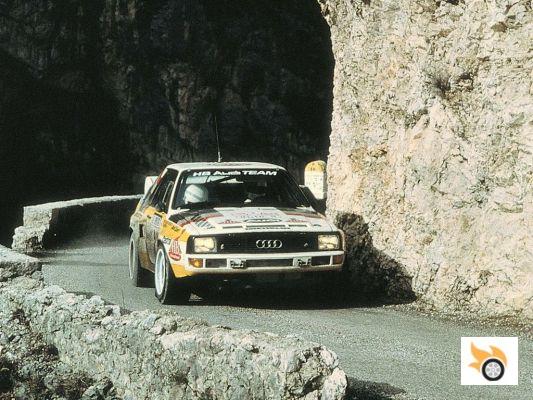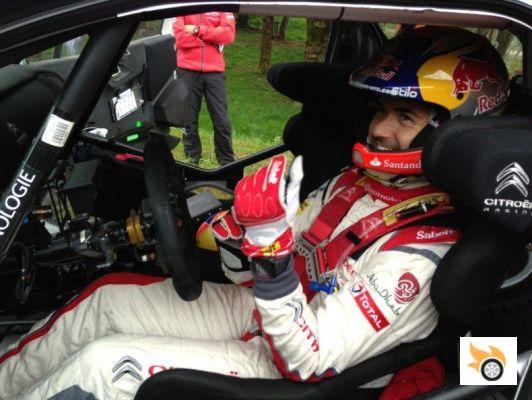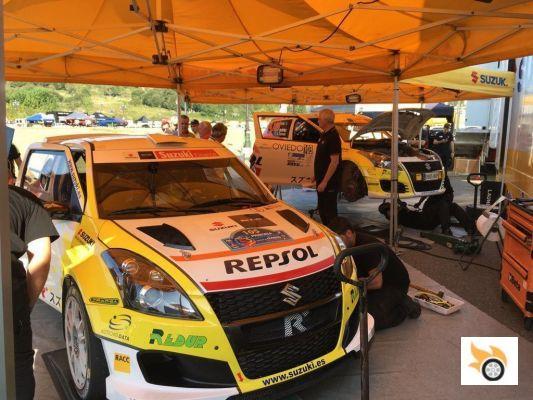Not only were the vehicles more powerful but aerodynamics began to become more and more important, with aerodynamic attachments that gave the vehicles a monstrous appearance and that became almost essential to be able to digest the almost 500 hp of power developed by those engines. However, the precarious safety measures combined with the hundreds of people that crowded the edges of the tracks made the rallies a dangerous spectacle. The dramatic accidents of Vatanen in Argentina, Santos in Portugal and Toivonen-Cresto in the 1986 Tour de Corse put an end to a category that increased its legend with those tragic episodes.
With the aim of recovering the spectacular nature that characterized those machines, the World Motor Sport Council established in 2015 a change in the WRC regulations that will come into force next season and will result in faster, more effective and spectacular vehicles, while maintaining the safety of the current WRCs.
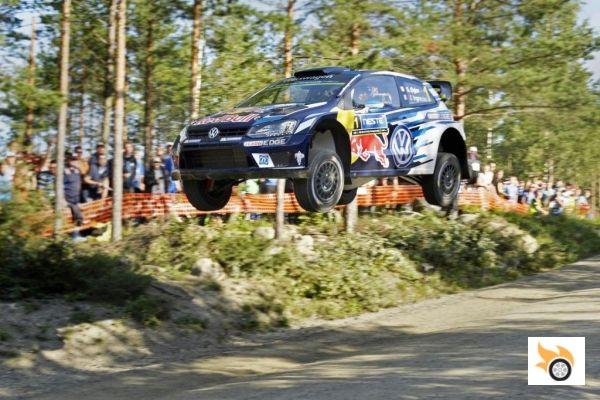
The measures are aimed at increasing the spectacle and effectiveness of the WRCs.
In terms of technical regulations, the first step has been to change the diameter of the turbo flange, an element that limits the air intake to this supercharger system. The larger the diameter of the flange, the more air that enters the system and therefore, more power. In the current WRCs with 1.6 Turbo engine, the flange diameter is 33 mm, reaching about 310 hp. In the WRC 2017, the size of this element will reach 36 mm, going on to generate about 380 hp, maintaining the architecture of the engine and turbo blowing pressure.
On the other hand, we have to talk about weight. The WRC 2016 have a minimum weight of 1200 kg. For next year, manufacturers will have to put their machines on a diet, as the minimum weight is reduced by 25 kg, becoming 1175.
The increase in power and reduction in weight translates into a better power-to-weight ratio, greater agility in twisty areas, and greater acceleration and top speed. In other words, the cornering of the vehicles will be faster and more spectacular, but also more demanding for driver and co-driver.
As the most outstanding aesthetic modification we have the width of the vehicle, which goes from 1820 to 1875 mm, ie 55 mm wider tracks, gaining in stability and poise on the road. This will result in a wider WRC, with more muscular front and rear wings, which may also incorporate cooling ducts for the brake discs and calipers. Remember the monstrous rear wings of the Renault 5 Maxi Turbo?
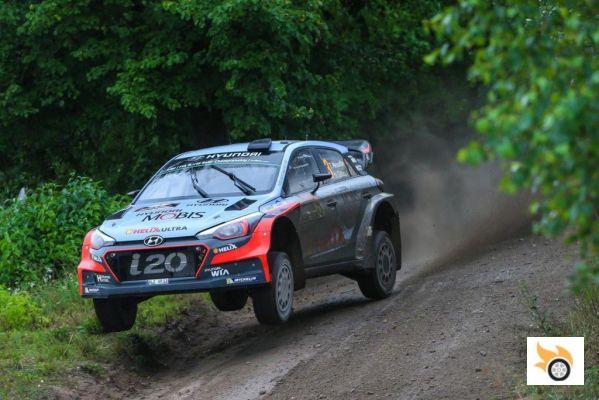
More power, more control, more safety
The increase in vehicle dimensions means that the size of the front overhang has increased, allowing it to be extended by an additional 60 mm and allowing aerodynamic elements to be incorporated to help increase downforce. The rear bumper can now be 30 mm longer, as can the side skirts, door sills and door pillars. The rear wing also increases its dimensions, as by law it must protrude 50 mm behind the rear bumper, as well as the diffuser, which from now on will have specific maximum dimensions, being able to be introduced up to 50 mm in the overhang but leaving total freedom in their forms.
On the other hand, the new WRC 2017 will be able to recover the electronically controlled center differential. What does all this mean? From now on the cars will be much more stable in acceleration phases on any type of terrain, improving safety and reducing traction losses.
Finally, and although it is a measure that has not been definitively approved by the FIA, the current manufacturers have reached an agreement to improve some safety elements in their vehicles, introducing a greater amount of impact absorption material (foam) in the doors, reaching 90 liters of this material.
And one last measure: The homologation requirements are going to allow any production car longer than 3900 mm to be chosen as a base for a WRC. This will widen the range of choices available to manufacturers when it comes to choosing a base for a potential World Championship contender.
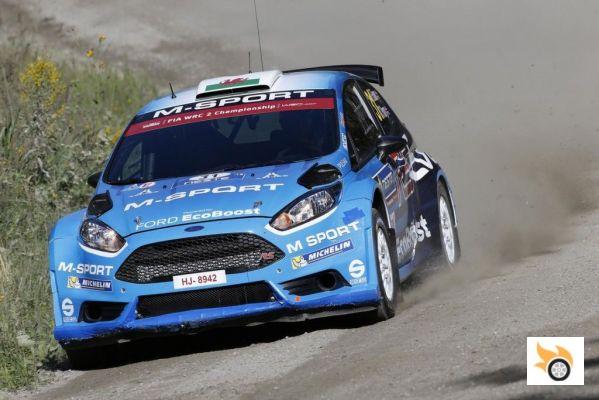
Citroën, Ford, Hyundai, Toyota, Volkswagen... have already accumulated thousands of kilometres testing their new models.
Now that we have defined rules, will the World Rally Championship become more spectacular for the fans and more attractive for the manufacturers? The answer to the first question is still unknown. We will see it at the legendary Monte Carlo Rally, which will be held around the town of Gap between 18 and 22 January 2017.
For the second question, we can highlight the presence of a new constructor from next year. This new manufacturer is none other than Toyota. The Japanese brand returns to the world championship 18 years after retiring a Corolla that won four victories, thirty podiums and a Constructors' Championship. Next season it will do so with the Yaris, in a new team under the umbrella of Toyota Gazoo Racing, a team managed by four-time champion Tommi Mäkinen. But he won't do it with the Yaris we already know, but with the new model that will hit the production line in 2017.
As if that wasn't enough, there will be news in the already regular teams. After taking a sabbatical year in 2016, Citroën will replace its successful DS3 with a new WRC that will be based on the new C3 presented a few weeks ago. M-Sport will keep the Fiesta WRC as a car for 2017, but it will be based on the future Fiesta that will be presented later this year. Hyundai will again bet on an i20 that has made great strides in 2016, and will change its appearance, changing the current five-door bodywork for the three-door Coupé. And what about the current dominators of the championship? Volkswagen will continue to bet on the Polo, adapting it to the new regulations and strengthening the few weak points that the dominating car of the last three editions of the championship possesses.
In 2017 we will no longer hear a five-cylinder engine roaring through the Finnish forests. We won't see an Italian car dressed in Martini Racing colours. Nor will they manoeuvre awkwardly in the tightest hairpins. What is clear is that this is the most important revolution since the birth of the WRC, and that the 2017 season is looking very interesting. We'll see what's in store... but for now, we'll have to content ourselves with photos and videos of next season's test cars.




